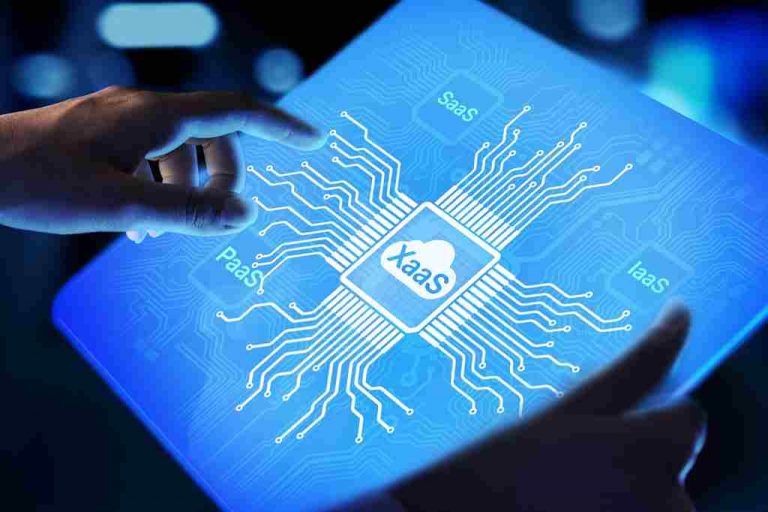What is Rapid Application Development RAD? Overview
This includes identifying the requirements for the software, designing the overall architecture, and creating a schedule. RAD can also lead to increased customer satisfaction by involving them in the development process and getting feedback early and often. what is rapid application development RAD approaches can also help to reduce the overall cost of development by reusing components from previous projects and using lower-cost tools and techniques. The products in this category help teams craft interactive designs at impressive speeds.
Toby Cox is a guest contributor for Capterra, covering software trends and stories of small business resilience. Her research on business trends and corporate social responsibility has been featured on Clutch.co, The Manifest, and PR.co Blog. Currently, Toby is based in Boston, MA, where she is a graduate student at Harvard Divinity School. Continue incorporating client feedback while the code is tested and retested to ensure a smooth, functioning final product.
Rapid application development advantages
In contrast, RAD intents to deliver a product as quickly as possible, even if it means the product is not 100% optimized yet. Therefore, the code needs to be refined at the end, in order to improve the overall quality of the finished product. Furthermore, because of the nature of RAD, which removes specific planning, speed is prioritized. This allows software to be ready-to-use within a shorter period of time.
ZipRecruiter data reports that the average yearly salary of a C developer is $117,673 On the higher end, C developers can make as much as $155,500 per year. With languages being built every other fortnight, it’s hard to keep up with the competition. If you wish to stay competitive, your business needs to be challenged. Rather than putting an app on the app store, why not develop an entire software. The library C offers is rich with built-in features and is furnished with dynamic memory allocation. What’s more, C has much less library functions than other languages but just as many functions, simplifying their deployment.
Advantages of Rapid Application Development
And some tools on this list, like Webflow, allow designers to export the completed design as a functional cross-browser prototype. You can get around this requirement by relying on data synthesis, a process that generates fake data to resemble in approximation the data set your end-users expect. This enables you to model behaviors with your prototype without going the extra mile to build connectors in advance of needing them. During this stage, developers may optimize or even re-engineer their implementation to improve stability and maintainability. They may also spend this phase connecting the back-end to production data, writing thorough documentation, and doing any other maintenance tasks required before handing the product over with confidence. RAD involves frequent changes and iterations, which requires strong reliance on a skilled technical team.

In addition, it helps to avoid expensive change orders and miscommunication. RAD also relies on highly-skilled developers and designers familiar with the vast array of technology options, and that might not be a possibility for teams with small budgets or limited resources. …
